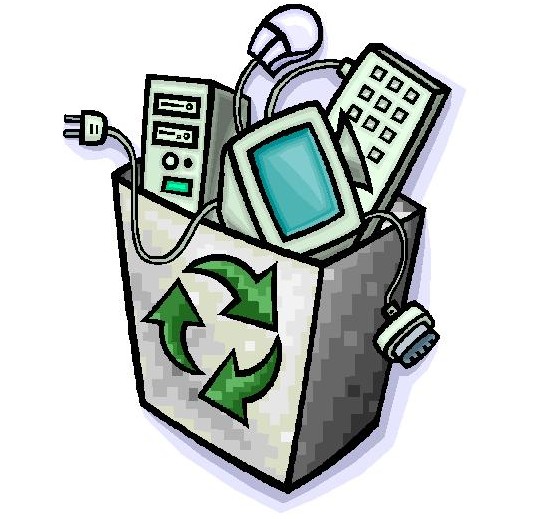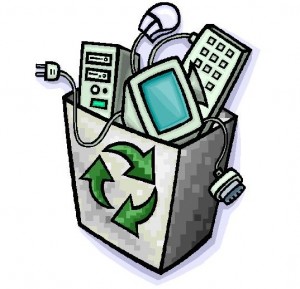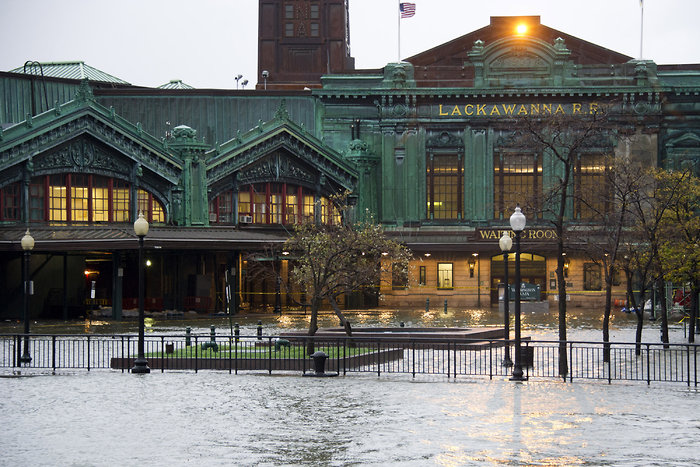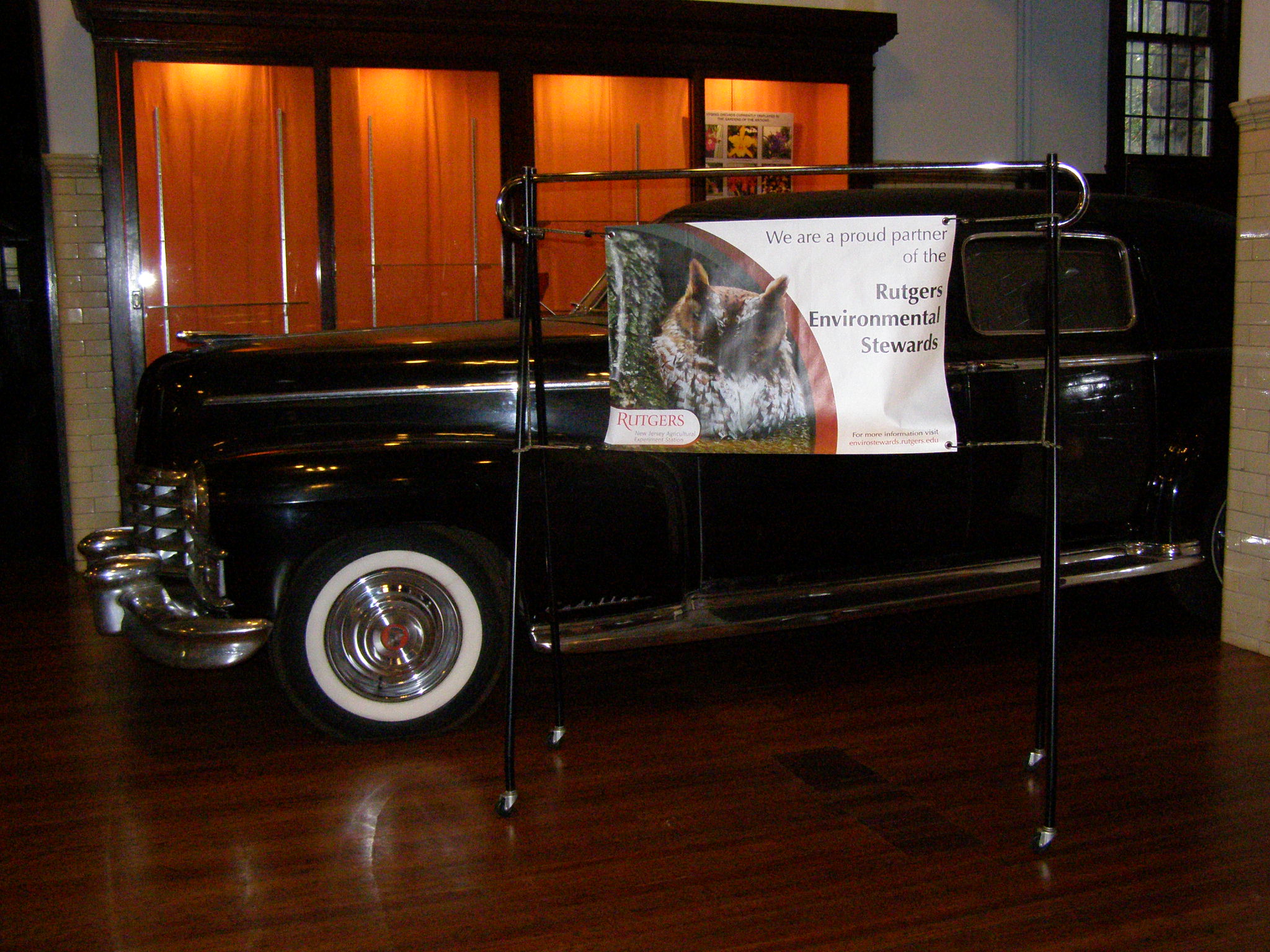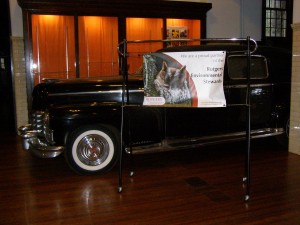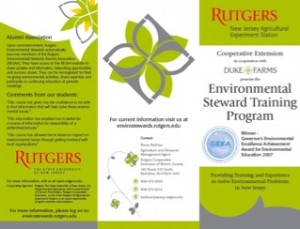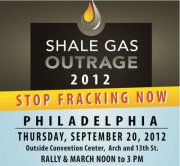It is, according to more politicians, academicians, public figures and the United States Government: the EPA predicts coastal sees to rise and extreme weather events like Hurricanes to become more frequent.

Bloomberg.com reports
Here’s what we know: an overwhelming majority of scientists tell us that the Earth’s climate is heating largely due to rising greenhouse gas emissions, which, in turn, is driving more extreme weather and climate events. The underlying changes–warmer oceans, more intense precipitation events, and rising sea levels–are significant contributors to storms like Sandy…
U.S. politicians’ silence on climate change is not only out of step with the rest of the world, but also with the American people, the vast majority of whom are concerned about climate change.
The human and economic costs of Hurricane Sandy and other extreme weather events are abundantly clear. In 2011, according to the National Oceanic and Atmospheric Administration, there were 14 extreme weather and climate events of more than $1 billion in the United States, totaling approximately $55 billion. Looking at the bigger picture, a recent report found that the failure to act on climate change is likely to cost the world economy 1.7 percent of GDP, approximately $1.2 trillion per year in the near term, with the figure expected to double by 2030.
Shifting to clean energy opens new economic opportunities, including taking advantage of the $2.3 trillion global clean energy market expected to emerge in the next decade (pdf).
CNN seems to have become a believer since Sandy, too, and they’ve brought in heavy hitting guest writers to tell the public about it. MacArthur Fellow, Stony Brook University professor and president of Blue Ocean Institute, Carl Safina, writes as a CNN special guest
Reporters share their photos with CNN Obstacles and challenges after Sandy Mom can’t get help; two sons die NY mayor: Marathon won’t hurt recovery Search for gas gets more desperate
Sea levels are rising. They’ve been rising since the last ice age and that rise has been accelerating since the Industrial Revolution. We’ve had fair and continual and increasing warning. And yet, small coastal communities and cities as large as New York have done essentially nothing to prepare.
Over decades, we filled many wetlands that are the natural buffers to floods. Shrinking the area of our wetlands has left adjacent areas more prone to flooding.
As the world continues warming, the warming tends to intensify storms. New York has been hit with two hurricanes in two years. That’s unusual. And since at least Katrina, scientists have warned that hurricanes take their strength from the heat of the ocean’s surface.
And Chris Field, Global Ecology Department Chair of the Carnegie Institution for Science and co-chair of a working group tasked with assessing climate change impacts, adaptation, and vulnerability for the Intergovernmental Panel on Climate Change (IPCC), writes as another CNN special guest,
Climate change is occurring now. We see its consequences in hotter temperatures, higher sea levels and shifted storm tracks. In many parts of the world, we are also seeing an increase in the fraction of rainfall that comes in the heaviest events. When it rains, increasingly it pours.
Climate change over the next couple of decades is already largely baked into the system, but changes beyond that are mostly in our hands. As we learn more about the links between climate change and extreme events, it will benefit all of us to think hard about the opportunities and challenges of getting a handle on climate change, so we control it and not vice versa.
Van Jones (as yet another special CNN contributor) proposes a solution that won’t only address climate change, but will improve the United States financial outlook too:
We have just the answer. It’s not a new idea, but as the two parties face off over the federal budget, it could be the path forward. There’s a tool we can use to answer the public’s call for more jobs – without cuts to Medicare, Medicaid and Social Security: a carbon tax.
One analysis by the Congressional Budget Office says a moderate, $20-per-ton tax on carbon emissions could raise $1.25 trillion over 10 years. And the savings don’t stop there. For decades, the oil and coal industries have passed along their costs to the rest of us, in the form of asthma treatment, emergency room visits, doctor bills and missed days of school and work. Combined with droughts, wildfires, hurricanes and severe weather events like Superstorm Sandy, rising levels of carbon in the atmosphere cost our nation an estimated $70 billion each year.
Everybody has to make up her own mind about what to believe, but I have no problem all believing that climate change is real, and making changes in my living habits to reverse global warming, and I want my government and business to do the same.
 Please join us for a screening of Half the Sky and to raise awareness and funds for New Light, an organization in Kolkata, India helping to empower women through education and life-skill training.
Please join us for a screening of Half the Sky and to raise awareness and funds for New Light, an organization in Kolkata, India helping to empower women through education and life-skill training.